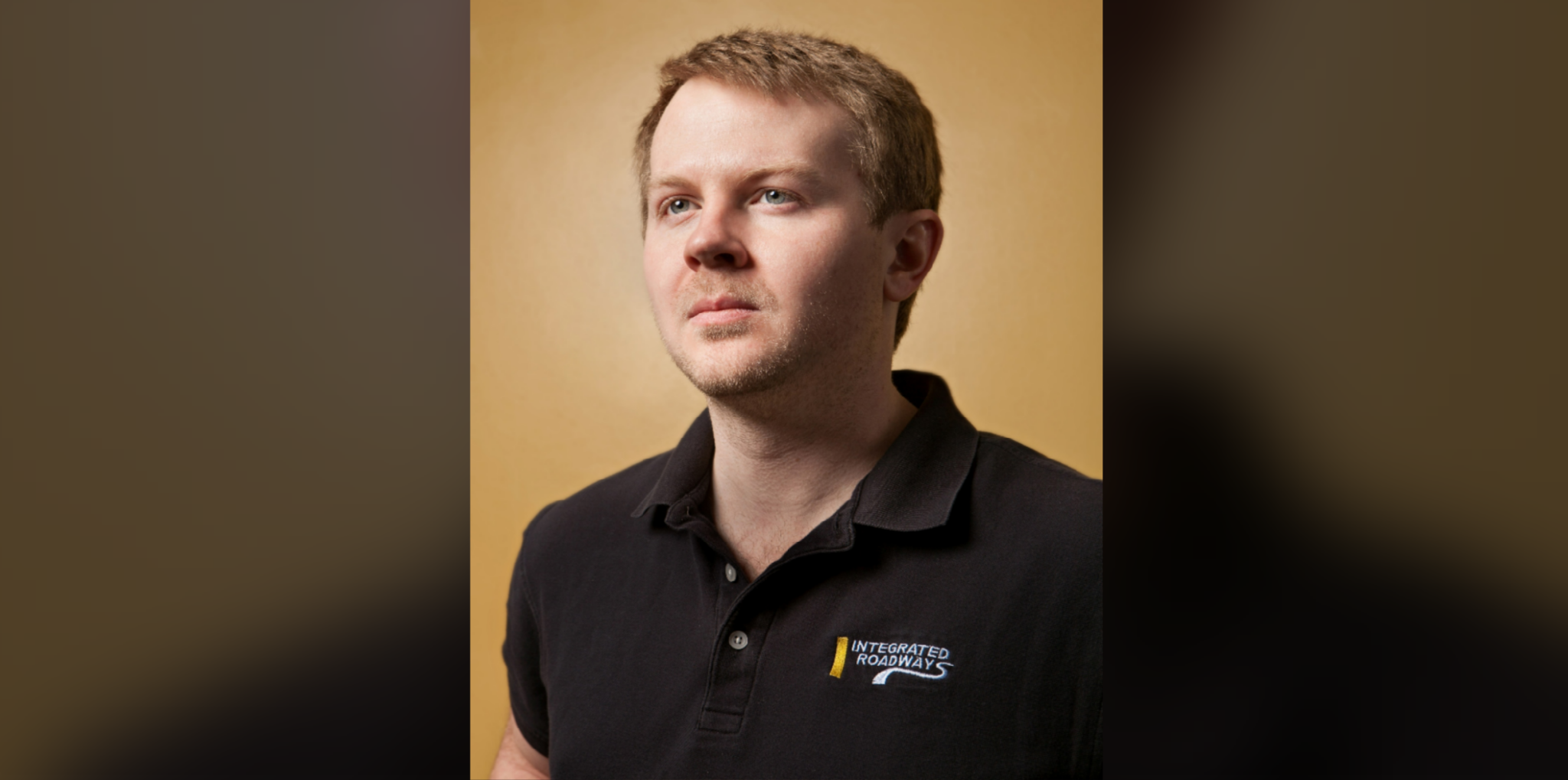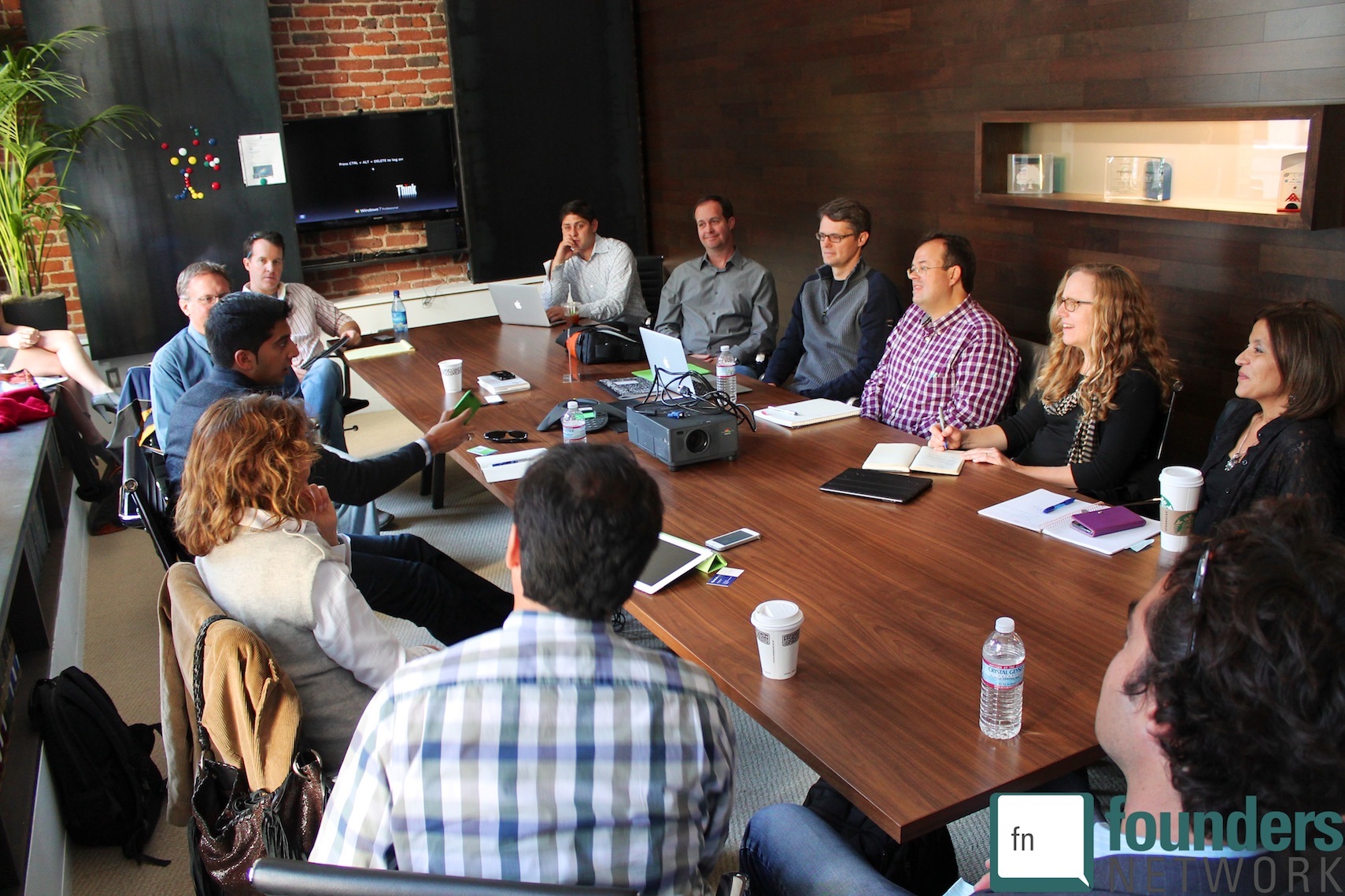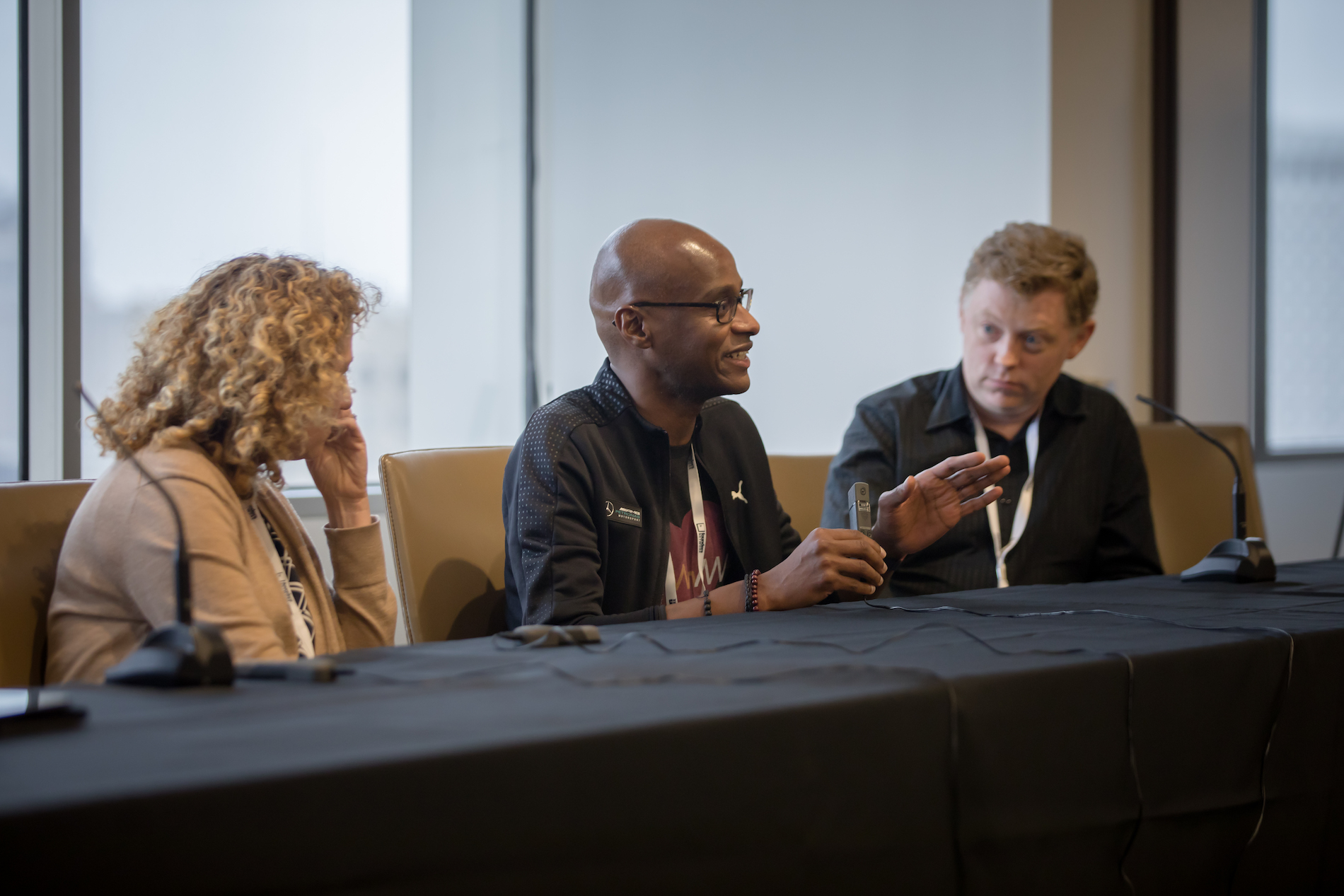
According to a report released last year, San Francisco and New York are ranked as the top two startup ecosystems in the world, respectively. The cities were ranked according to the quantity of startups in the ecosystem, the quality of the ecosystem, and the city’s overall business environment. Also on the list of top ten ecosystems are Los Angeles and Boston.
However, what if you live in one of the thousands of U.S. cities not in the top ten and you want to build a startup?
For decades, the stereotypical startup was one based in a top market with a well developed startup culture and readily available investment opportunities. Additionally, the time between idea, investment, and commercialization was short. However, according to entrepreneur Tim Sylvester, that made-for-TV stereotype doesn’t describe the average entrepreneur.
“How can your business prevail if you’re not from the Bay Area, didn’t go to Stanford, and you aren’t working in SaaS? This stereotype doesn’t describe the vast majority of startups,” Sylvester says. “Most of the advice I found about how to build a startup and how to fund a startup included very narrow advice for a tiny little section of society. I had to figure it out on my own.”
Sylvester is the founder and CEO of Integrated Roadways. The company converts roads into digital infrastructure platforms for connected, electric, and autonomous vehicles. On October 6, 2022, he hosted a webinar for Founders Network members where he provided actionable insights on how to build a startup for tech founders who don’t fit the traditional Silicon Valley mold.
How can your business prevail if you're not from the Bay Area, didn't go to Stanford, and you aren't working in SaaS? Share on X
To learn more about actionable insights on how to build a startup for tech founders who don’t fit the traditional Silicon Valley mold, see if you qualify for membership and check out the webinar from October 6.
Tapping into the startup ecosystem
When Sylvester was first starting out, he struggled to find startup resources applicable to his situation. That’s because, oftentimes, these resources are only in tech startup hubs. Additionally, even when the resources are accessible, Sylvester says there is a high barrier to entry for the average startup founder.
“I grew up in rural Missouri where there weren’t any tech jobs. It was not feasible to get a job at a dotcom startup. It was totally inaccessible to me. There were no realistic means for me to get involved in the tech startup ecosystem,” Sylvester says. “There are a lot of founders that aren’t from traditional startup ecosystems that may not have the startup resources they need. They need a different quality of advice.”
There are a lot of founders that aren’t from traditional startup ecosystems that may not have the startup resources they need. Share on XUnconventional startup funding
According to a recent report, the majority of startups are funded with personal savings and credit. This accounts for $188 billion in investment. Conversely, while venture capital and angel investing are often touted, they only account for $22 billion and $20 billion in startup funding, respectively. Like many, Sylvester’s initial startup funding didn’t come from these sources. It came from his family. (Friends and family funding accounts for $66 billion in startup funding.)
“A lot of the advice you get is to join Y Combinator and six weeks after demo day, someone will invest $3 million in your company,” Sylvester says. “However, that’s the best case scenario. That is not a realistic expectation.”
No one is going to give you the money to build the version you really want to build because that’s very expensive. Share on XStrategic Spending
Since Sylvester started out with limited funds, he focused his efforts on developing a minimum viable product. Sylvester and his team used their funds to create a product with basic features, which gave them enough momentum to secure additional funding.
“No one is going to give you the money to build the version you really want to build because that’s very expensive. The Facebook of today is not the Facebook that launched in 2004. It was a very different thing. It was a proof of viability that was as cheap as possible,” Sylvester says. “No one was going to give us $1 million to build the commercial version of our product. However, we were able to get $50,000 in support to build a proof of viability. That helped get us to a half million dollar demo to prove that the tech worked and the construction worked. That got us to the next step.”
In his webinar, Sylvester covered:
- Building a network
- Finding startup capital
- Getting your documents in order
- Creating an MVP
- Go to market strategy
To learn more about actionable insights on how to build a startup for tech founders who don’t fit the traditional Silicon Valley mold, see if you qualify for membership and check out the webinar from October 6.






